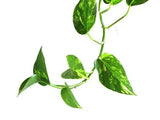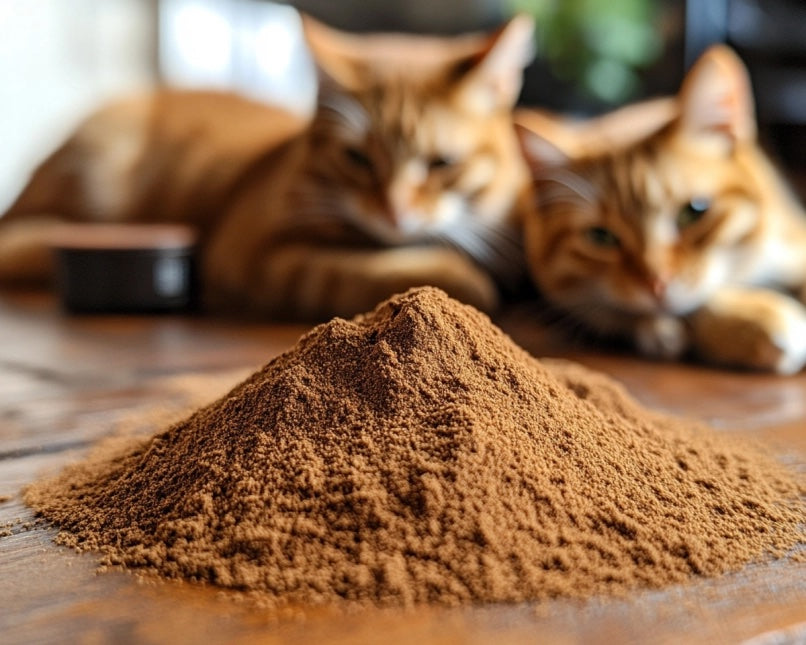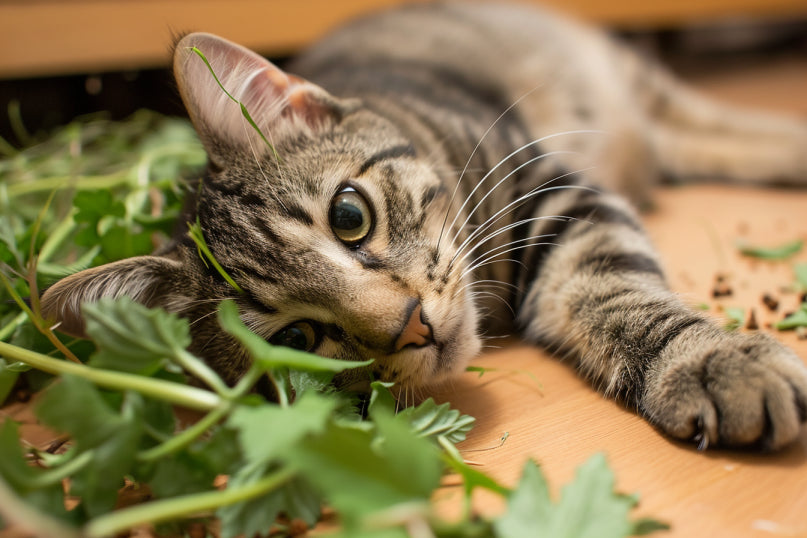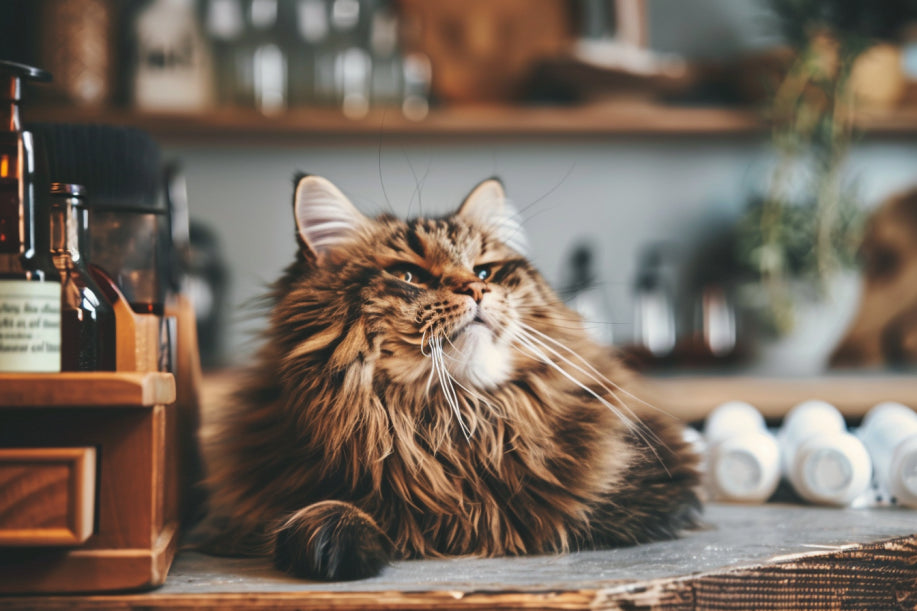
Silvervine, a lesser-known but highly effective alternative to catnip, has been capturing the interest of cat owners worldwide. This natural herb, adored by cats for its enticing scent and effects, offers a range of benefits that cat owners should be aware of. In this comprehensive guide, we'll explore everything you need to know about silvervine, from its benefits to safe usage, ensuring your feline friend enjoys its perks to the fullest.
What is Silvervine?
Silvervine (Actinidia polygama) is a plant native to regions in East Asia. It's known for its potent effect on cats, similar to catnip, due to natural compounds that stimulate cats' pheromone receptors.
Benefits of Silvervine for Cats
Silvervine can offer numerous benefits for your feline companion:
- Stress Relief: Like catnip, silvervine can help alleviate stress and anxiety in cats.
- Increased Activity: It encourages play and exercise, which is beneficial for indoor cats.
- Dental Health: Chewing on silvervine sticks can help clean teeth and support oral health.
How to Use Silvervine Safely
To ensure a safe experience, follow these guidelines:
- Moderation: Use silvervine occasionally to prevent desensitization.
- Supervision: Always supervise your cat during silvervine play.
- Quality Products: Choose reputable brands for quality assurance.
When it comes to giving silvervine to your cat, moderation is key to ensure a safe and enjoyable experience. The amount of silvervine to provide will depend on the form it's in (powder, stick, or infused toy). Here are some general guidelines:
-
Silvervine Powder: Start with a small pinch (about 1/4 teaspoon) sprinkled on your cat's toys, bedding, or scratching post. Observe how your cat reacts before offering more.
-
Silvervine Sticks: Offer one stick to your cat and let them play with it under supervision. They may chew, rub, or bat around the stick. Replace the stick once it looks worn out or loses its potency.
-
Toys Infused with Silvervine: If the silvervine is already incorporated into a toy, simply give the toy to your cat as is. The amount of silvervine in these toys is usually pre-measured and safe.
Always supervise your cat during their first few encounters with silvervine to see how they react, and limit the exposure to prevent overstimulation. Each cat will react differently, so it's important to tailor the amount based on your cat's specific reaction. If you notice any adverse reactions, discontinue use and consult your veterinarian.
Comparing Silvervine with Catnip
While similar, silvervine and catnip have differences. Silvervine tends to have a stronger effect and may appeal to cats that don’t respond to catnip.
What’s the difference between catnip and silvervine?
| Silvervine | Catnip | |
 |
 |
|
|
Scientific name |
Actinidia polygama |
Nepeta cataria |
|
Nicknames |
Matatabi, Japanese catnip, cat powder |
Catswort, catmint |
|
Grows in |
Mountainous regions of China, Japan, Korea, and Eastern Russia |
Asia, Africa, Europe, and North America |
|
Plant type |
Fast-growing, fruit-bearing vine |
Herbaceous plant |
|
Chemicals that attract cats |
|
|
|
Effects on cats |
Sedation, hyperactivity, playfulness, rolling, drooling, and licking |
Similar to silvervine |
|
Percentage of cats that respond |
80 percent |
67 percent |
Where to Find Quality Silvervine Products
Quality silvervine products can be found at pet stores and online. Munchiecat offers a variety of cat toys and products that your cat might enjoy https://www.munchiecat.com/products/pure-bliss-silvervine-20g-premium-grade-powder-for-ultimate-feline-fun
 |

|
| 20g Silvervine Powder, All natural & safe | 1 Cup Catnip + Silvervine Blend |
Understanding Cat's Reactions to Silvervine
Reactions can vary. Most cats exhibit playful and relaxed behavior, but it's important to understand your cat's individual reaction.

FAQs About Silvervine Usage
- Is silvervine safe for all cats? Generally, yes, but always monitor your cat's reaction.
- How often can I give my cat silvervine? Use it sparingly to maintain its effectiveness.
- American Veterinary Medical Association on Cat Behavior: https://www.avma.org/
- Cornell Feline Health Center on Cat Wellness: https://www.vet.cornell.edu/departments-centers-and-institutes/cornell-feline-health-center
Silvervine is an excellent addition to your cat's enrichment tools, offering unique benefits and experiences. By understanding and using silvervine correctly, you can provide your cat with enjoyable and stimulating playtime while contributing to their overall wellbeing.


